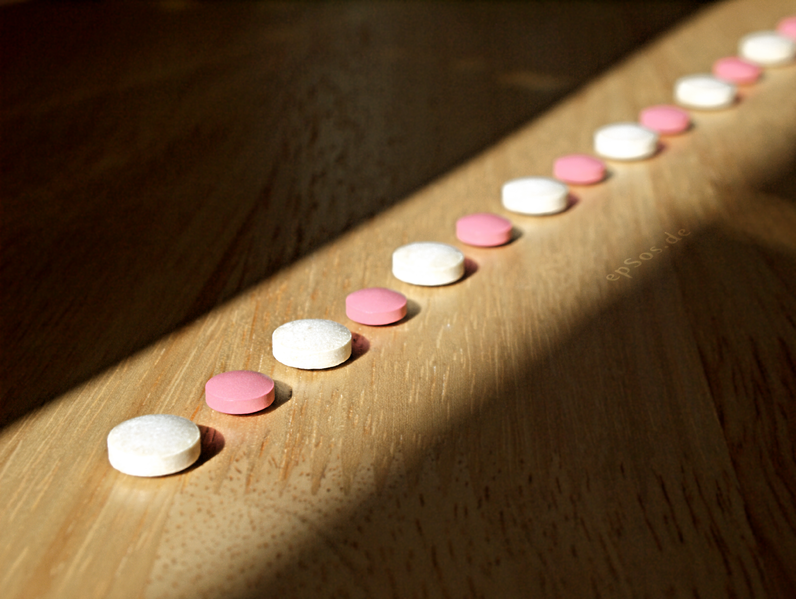JAMA: Among released prisoners in Sweden, rates of violent reoffending were
lower during periods when individuals were dispensed antipsychotics,
psychostimulants, and drugs for addictive disorders, compared with
periods in which they were not dispensed these medications, according to
a study appearing in the November 1 issue of JAMA.
There were more than 10 million prisoners worldwide in 2015, with
approximately 2.2 million in the United States alone. Despite reported
decreases in violence in many countries, reoffending rates remain high.
From 2005 through 2010, more than one-third of released prisoners in the
United States and the United Kingdom were reconvicted of a new crime
within 2 years. Most programs to reduce reoffending focus on
psychosocial interventions, but their effect sizes are weak to moderate.
As psychiatric and substance use disorders, which increase reoffending
rates, are overrepresented among jail and prison populations, treatment
with appropriate psychotropic medications offers an alternative strategy
to reduce reoffending, although there is uncertainty about whether
pharmacological treatments reduce reoffending risk.
Seena Fazel, M.D., of the University of Oxford, England, and
colleagues examined the associations between major classes of
psychotropic medications and violent reoffending. The study included all
released prisoners in Sweden from July 2005 to December 2010, through
linkage of population-based registers. Rates of violent reoffending
during medicated periods (dispensed prescription of psychotropic
medications [antipsychotics, antidepressants, psychostimulants, drugs
used in addictive disorders, and antiepileptic drugs]) were compared
with rates during nonmedicated periods. Prison-based psychological
treatments were also included in the analysis.
The study included 22,275 released prisoners (average age, 38 years;
92 percent male). During follow-up (median, 4.6 years), 4,031
individuals (18 percent) had 5,653 violent reoffenses. The researchers
found that three classes of psychotropic medications were associated
with substantial reductions in violent reoffending: antipsychotics, a 42
percent reduction; psychostimulants, 38 percent; and drugs used in
addictive disorders, a 52 percent reduction. In contrast,
antidepressants and antiepileptics were not significantly associated
with violent reoffending rates.
Analyses also demonstrated that completion of psychological
treatments targeting general criminal attitudes and substance abuse was
associated with reductions in violent reoffending. The associations with
these psychological programs were not stronger than those for
medications. “These findings may have implications for risk management,
because prison psychological programs need appropriate facilities,
require sufficiently trained and supervised therapists, and are likely
to be relatively expensive. Provision of medication after prison release
needs evaluation as a possibly cost-effective crime reduction
alternative. Because prisoners with psychiatric disorders benefit from
both pharmacological and psychological treatments, research should
investigate whether combining therapies improves outcomes,” the authors
write.
“The absolute numbers of prisoners with psychiatric disorders are
large worldwide, and most individuals who could benefit from
psychotropic treatment do not receive it after prison release. The
magnitudes of the associations reported in this study may warrant
correctional services to review policies for released prisoners.
Evidence-based provision of psychotropic medications to released
prisoners may have the potential to make substantial improvements to
public health and safety, particularly in countries that are undergoing
decarceration [reducing the number of persons imprisoned or the rate of
imprisonment].”
(doi:10.1001/jama.2016.15380; the study is available pre-embargo at the For the Media website)
